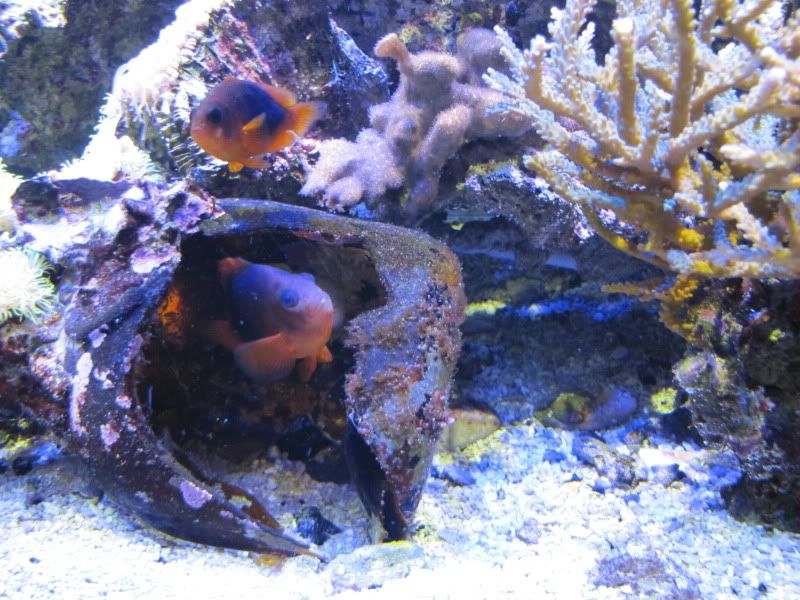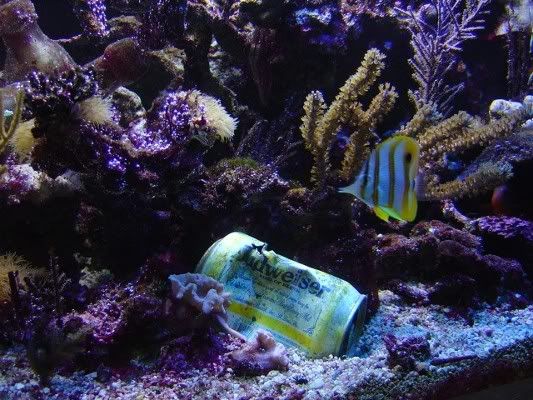Nano sapiens
New member
From what I have witnessed, there are two parts to the detritus build-up problem.
One is the lack of flow in the substrate and LR, thus inhibiting the various reducing bacteria from performing at their best (or worse, dying off). The aquarist will notice this phenomena when the Nitrate climbs and stays at a higher level, even with regular WCs.
The other is the buildup of noxious substances within the SB/LR. When I started to vacuum small sections of my SB I had nasty blooms of cyano/dino/diatoms. I kept at the vacuuming/cleaning anyway, and when done, the blooms disappeared. Obviously, whatever had accumulated was 'yum-yum' for the nuisance algae.
One is the lack of flow in the substrate and LR, thus inhibiting the various reducing bacteria from performing at their best (or worse, dying off). The aquarist will notice this phenomena when the Nitrate climbs and stays at a higher level, even with regular WCs.
The other is the buildup of noxious substances within the SB/LR. When I started to vacuum small sections of my SB I had nasty blooms of cyano/dino/diatoms. I kept at the vacuuming/cleaning anyway, and when done, the blooms disappeared. Obviously, whatever had accumulated was 'yum-yum' for the nuisance algae.











